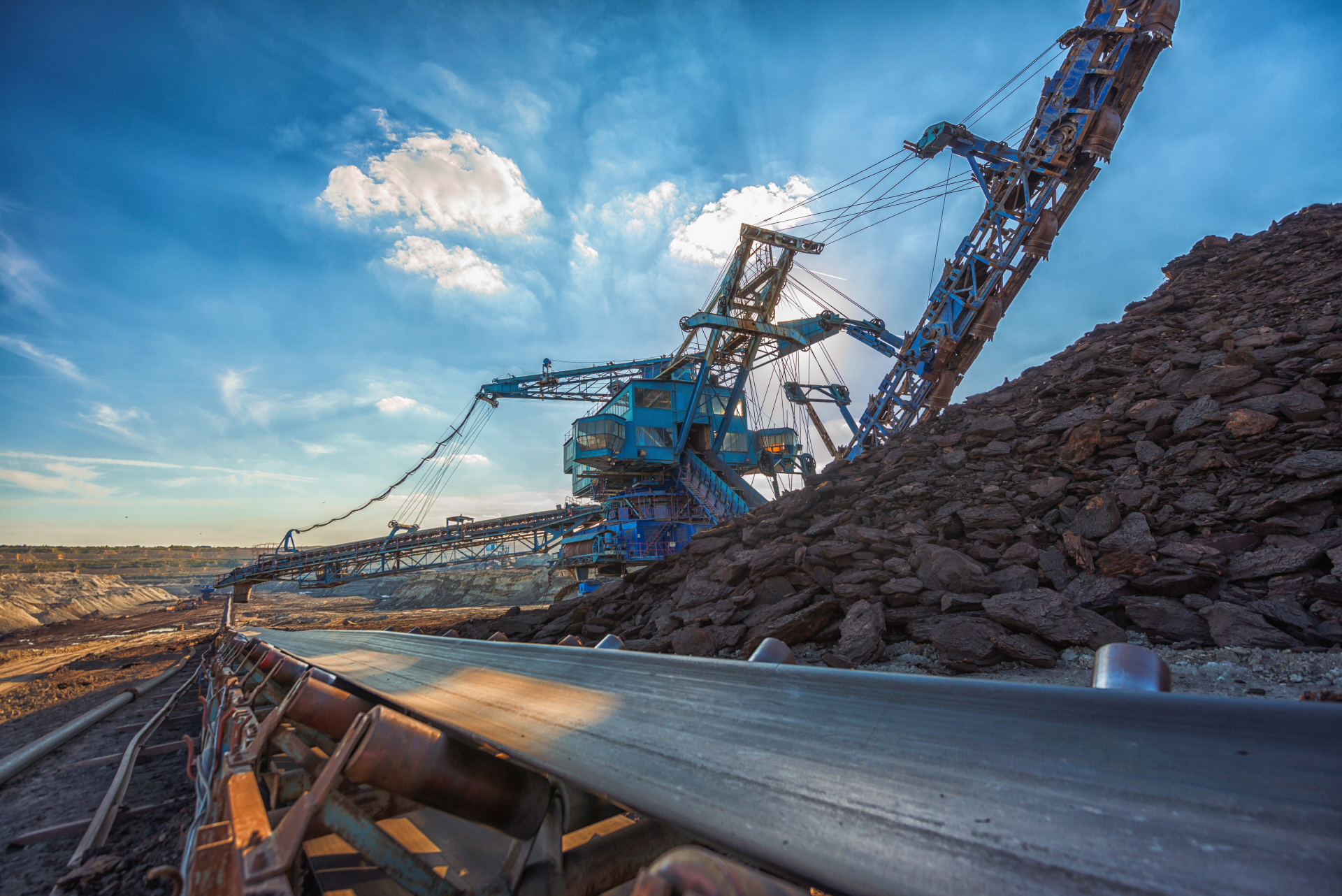What can VSDs offer for fixed torque applications?
ABB’s Andrew Bould explains why fixed torque applications shouldn’t be overlooked as candidates for variable speed drive installation.
When we talk about variable speed drives (VSDs), the focus is very often on energy saving. Indeed, in variable torque applications like fans and pumps they can reduce energy costs by up to 60 percent.
However, when it comes to fixed torque applications such as conveyors, compressors, mixers and hoists, energy savings are still achievable but are not always so profound. It can be easy therefore to fall into the trap of thinking that VSDs have little to offer for fixed torque applications, when in truth the opposite is more often the case.
Smooth running
Sudden starts and stops, or jolts when transitioning between different speeds, can damage goods and equipment. It is therefore important that motion is managed smoothly. By using a VSD to control the motor, speed can be more carefully ramped up and down to reduce the risk of wear and damage, unlike a fixed speed motor.
Accuracy and repeatability
Speed is not the only factor here. On a busy production line, repeatability is crucial to avoid production errors. VSDs achieve repeatability using PID control, which provides a sophisticated constant feedback loop to ensure that the motor is always operating at the correct speed, while taking account of and automatically compensating for any external factors. This prevents drift and ensures that applications such as conveyors are constantly running at the required speed, eliminating the risk of any desynchronisation with other machines along the production line.
Drives throughout a facility can be linked via fieldbus, ensuring that all parts of the process are working in perfect harmonisation with one another regardless of load. This also makes it easy to ramp up and ramp down, or accommodate new replacement gearboxes or conveyor belt systems, as the VSD can be adapted to ensure that it continues to reach the required setpoints for defined levels of speed and throughput.
Reduced mechanical wear
Certain fixed torque applications, like conveyors for instance, can require high starting torque. Without a VSD this puts enormous strain on the motor as it tries to ramp from an inert state all the way up to full speed. A VSD ramps up the speed gradually, like gears on a bike, vastly reducing shock load to the mechanical gear train.
Using a VSD to lower the strain on mechanical parts reduces the likelihood of component failure and downtime. The VSD can also provide constant feedback on the status of the motor, allowing issues like over- or undervoltage to be identified and mitigated long before they cause a fault. As well as reducing the cost of downtime, this also means that components need to be replaced far less frequently, while maintenance personnel are freed up to concentrate on other priority tasks.
ABB (ABBN: SIX Swiss Ex) is a pioneering technology leader with a comprehensive offering for digital industries. With a history of innovation spanning more than 130 years, ABB is today a leader in digital industries with four customer-focused, globally leading businesses: Electrification, Industrial Automation, Motion, and Robotics & Discrete Automation, supported by its common ABB Ability™ digital platform. ABB’s market-leading Power Grids business will be divested to Hitachi in 2020. ABB operates in more than 100 countries with about 147,000 employees. www.abb.com

